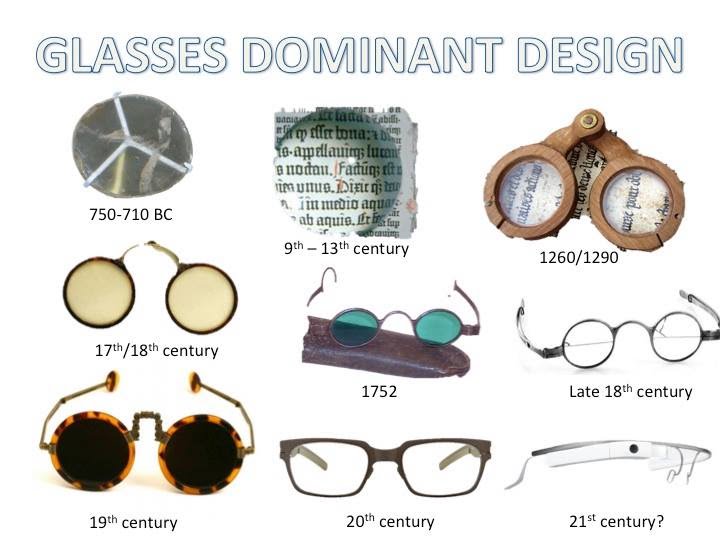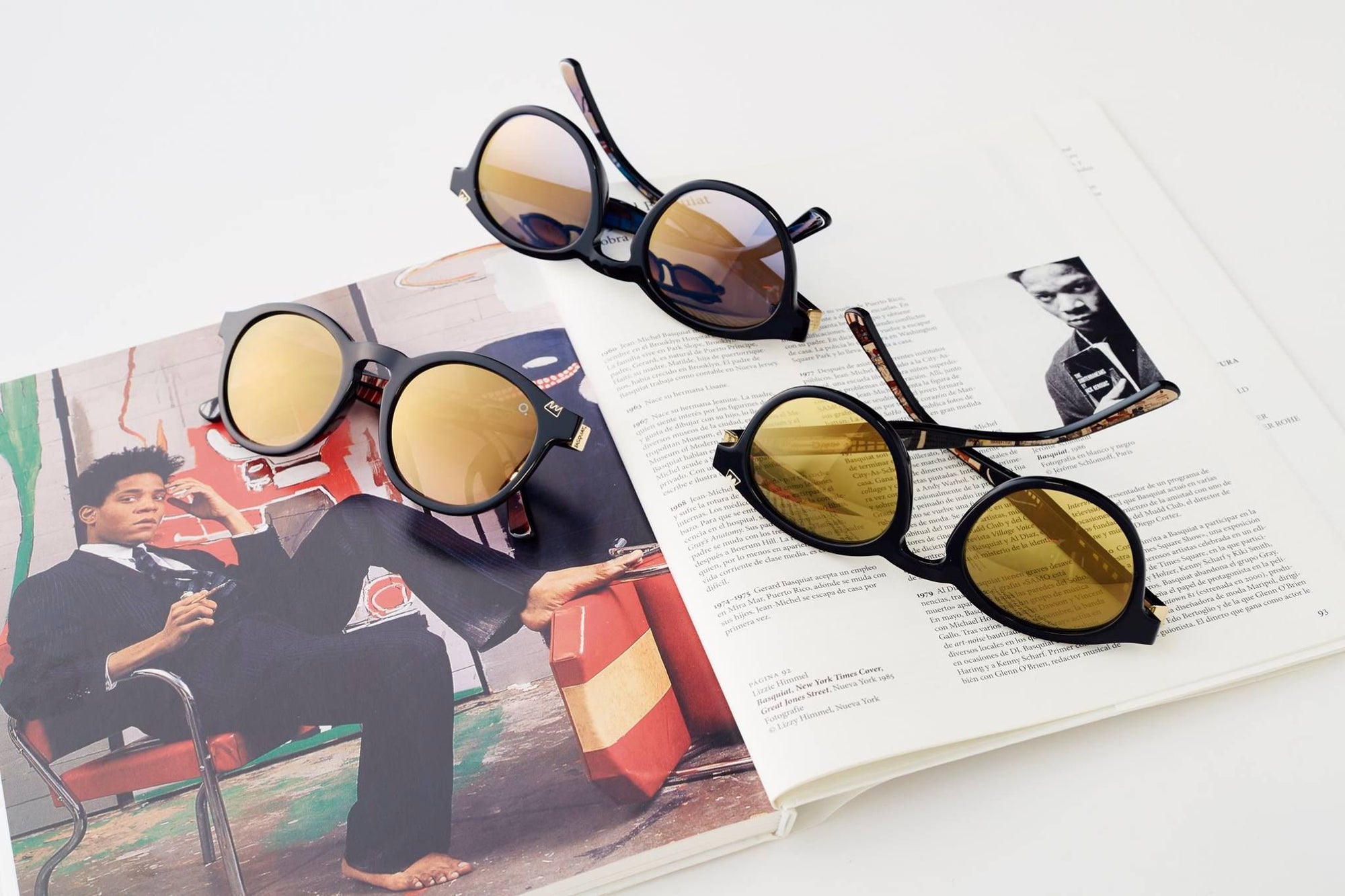The invention of glasses is considered an important step in the history of human culture. People with visual impairment can not only play an active role in their daily lives, but they can study for long periods of time, expand their knowledge and pass it on to others.
Why were eyeglasses invented?
Glasses are commonly used for vision correction, such as reading glasses and myopia glasses, but they are sometimes used for cosmetic purposes if special lenses are not available. Safety glasses provide eye protection for a construction worker or laboratory technician against flying debris. They provide protection against visible and near-visible light or radiation. Sunglasses can improve vision in bright sunlight and can protect your eyes from excessive UV damage. Special glasses can be used to view specific visual information. Sometimes glasses are used purely for fashion or aesthetic purposes. Even eyeglasses used to correct vision come in different kinds of styles, with frames made of plastic, metal, wire, and other materials.
The origin of modern eyeglasses
The origins of modern glasses can be traced back more than 1,000 years. In the Middle Ages, the reading stones used by monks were glass spheres, sometimes filled with water and placed on objects to magnify them.Glassblowers in Italy created reading stones, similar to modern hand-held magnifying glasses. The reading stone can be placed on the wearer's nose or in front of the face. Later, Spanish craftsmen built the first cobra-framed temple in the 17th century. They tie ribbons or strings to the frames and tie them around the user's ear.
In the 18th century, Edward Scarlett created the first wearable glasses, providing more comfort for eyewear wearers. These early glasses had glass lenses embedded in heavy frames made of wood, lead, or copper. Natural materials of leather, bone, and horn were later used to make the frames. In the early seventeenth century, lighter steel frames were invented. As eyewear continued to evolve and prescription accuracy improved, the trend for eyewear to become more fashionable began. In the 18th century, bifocal lenses appeared, making it possible to correct upper myopia and lower presbyopia. Later glasses were designed to be fixed by a ribbon or by applying pressure to the bridge of the nose. In the 1980s, plastic lenses were introduced, providing a more durable alternative to glass lenses. Ultimately, the glasses used today are the result of centuries of technological and intellectual advances.
How did the eyeglasses market develop?
With the discovery of clear glass paste in the 14th century, lenses became cheaper and easier to sell outside Venice. In the 15th century, the invention of the printing press made it easier to read, which greatly increased the demand for glasses. By the 16th century, frames were made of luxurious materials such as horn, leather, and whalebone. They used real turtle shells. The artificial plastic celluloid was later used to make frames that had never been seen before. In the 1950s, glasses became more popular than ever. Even today, glasses are considered one of the best fashion accessories. Different colors and styles of frames can be made according to the face shape. New technologies for lenses, contact lenses, and even frame materials continue to evolve year after year.





































